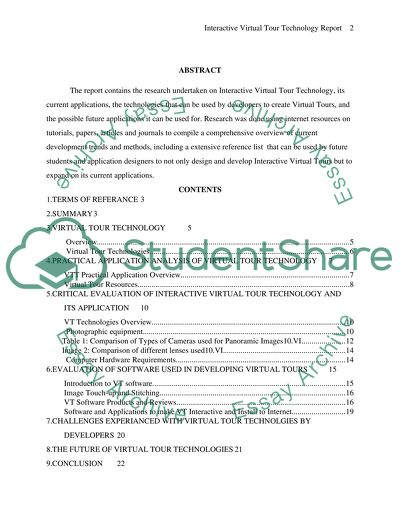Cite this document
(“Interactive Virtual Tour Technology Assignment Example | Topics and Well Written Essays - 4750 words”, n.d.)
Retrieved from https://studentshare.org/technology/1507324-interactive-virtual-tour-technology
Retrieved from https://studentshare.org/technology/1507324-interactive-virtual-tour-technology
(Interactive Virtual Tour Technology Assignment Example | Topics and Well Written Essays - 4750 Words)
https://studentshare.org/technology/1507324-interactive-virtual-tour-technology.
https://studentshare.org/technology/1507324-interactive-virtual-tour-technology.
“Interactive Virtual Tour Technology Assignment Example | Topics and Well Written Essays - 4750 Words”, n.d. https://studentshare.org/technology/1507324-interactive-virtual-tour-technology.


